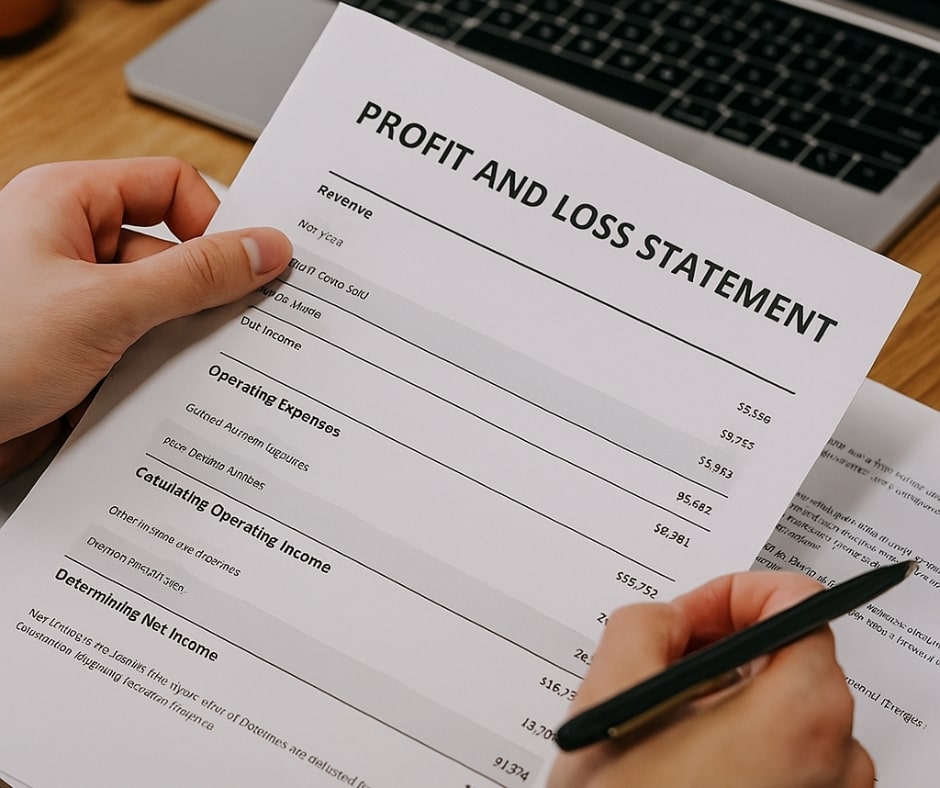Sales Metrics Every Small Business Should Track are vital for sustainable growth. Tracking these metrics allows you to monitor progress, make informed decisions, and drive your business to greater success. Whether you are a new entrepreneur or a seasoned business owner, understanding sales metrics can make a significant difference. In this blog post, I will walk you through the essential metrics you should prioritize.
1. Revenue Growth
Revenue growth is a foundational metric for small businesses. It measures the increase in income over a specific period. By tracking this metric, you can evaluate whether your strategies are effectively generating results. Compare revenue growth month-over-month and year-over-year to spot trends and adjust your plans.
2. Customer Acquisition Cost (CAC)
Understanding how much it costs to acquire a new customer is critical. The Customer Acquisition Cost (CAC) represents the total investment in marketing and sales divided by the number of customers acquired. Lowering your CAC over time signals improved efficiency in your strategies.
3. Customer Lifetime Value (CLV)
Customer Lifetime Value (CLV) predicts the total revenue a customer will generate during their relationship with your business. This metric helps you allocate resources effectively by identifying high-value customers and tailoring your marketing efforts to retain them.
4. Conversion Rates
Conversion rates measure the percentage of prospects who take desired actions, such as making a purchase or signing up for a service. Tracking this metric allows you to assess the effectiveness of your sales funnel and optimize it for better results. High conversion rates typically indicate strong marketing efforts and an excellent customer experience.
5. Average Deal Size
Average deal size refers to the typical value of each transaction or sale. By tracking this metric, you can identify opportunities to upsell or cross-sell, boosting overall revenue without needing additional customers.
6. Sales Cycle Length
The length of your sales cycle reflects how long it takes to close a deal, from the first interaction to the final sale. A shorter sales cycle often means that your sales process is efficient and your team is highly effective.
7. Retention Rate
Retention rate tracks the percentage of customers who continue to engage with your business over time. A high retention rate suggests customer satisfaction and loyalty, reducing the need to invest heavily in acquiring new clients.
8. Churn Rate
Churn rate is the percentage of customers who stop doing business with you during a specific period. Reducing churn should be a top priority for every small business, as retaining customers is more cost-effective than acquiring new ones.
9. Sales Pipeline Metrics
Your sales pipeline metrics provide a comprehensive view of prospects at each stage of the sales process. This helps you identify bottlenecks, forecast revenue, and ensure that your team focuses on the most promising opportunities.
Why Tracking Sales Metrics Matters
By monitoring these sales metrics, small businesses gain actionable insights into their performance. You can pinpoint areas of improvement, allocate resources wisely, and achieve sustainable growth. Moreover, tracking metrics ensures you remain competitive and adaptive in a rapidly changing market.













